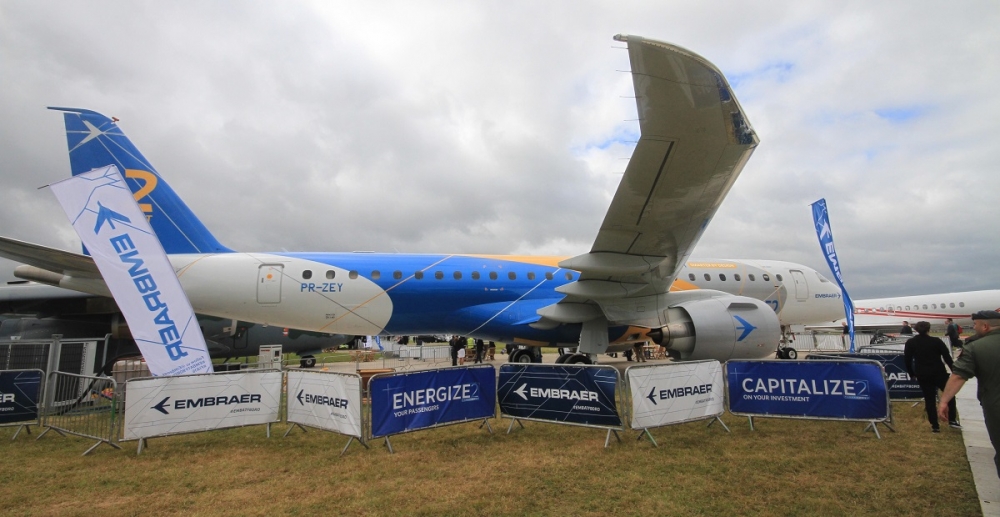Boeing's rosy outlook.
11 July, 2016
4 min read


Asia will account for almost 40 per cent of deliveries of new aircraft over the next twenty years that will see the world air fleet double while China becomes the world’s largest travel market.
These are the three most significant predictions from the aircraft forecasts that produced some staggering figures on the first day at the 2016 Farnborough Air Show.
Airbus projects that there is a need for over 33,000 new aircraft -- it does not take into account regional aircraft with less than 100 seats-- in the next 20 years. The 33,000 aircraft comprise 32,425 passenger aircraft and 645 freighters greater than 10 tonnes. Value of these new aircraft deliveries… US$5.2 trillion! By 2035, the world’s commercial aircraft fleet will have doubled from today’s 19,500 aircraft to almost 40,000, according to the European manufacturer of narrow body and wide body aircraft. This means that over 500,000 new pilots will be required.
Boeing also has a very bullish long-term outlook. The US manufacturer projects that over the next 20 years there will be a need for 39,620 new commercial airplanes – these are regional jets with 90 seats or less, narrow body and wide body passenger aircraft and cargo planes. Some of these aircraft will be to replace older, less efficient planes, others are to support growth. Overall, Boeing expects the world’s commercial jet fleet will grow from 22,510 today to 45,240 by 2035. The price tags of the 39,620 new aircraft…US$5.9 trillion!
If the Boeing forecast holds up, this means that on average about five new aircraft per day will be handed over to airlines across the next two decades. Where will most of these aircraft be going? Approximately 38% of all new airplanes will be delivered to airlines based in the Asia region. An additional 21% will be delivered to airlines in North America and 19% to airlines in Europe, with the remaining 22% to be delivered to the Middle East, Latin America, Africa and the Commonwealth of Independent States.
The Boeing figures are based on a forecast that passenger traffic will grow at an average 4.8% a year in the 2016-2035 period, with cargo traffic forecasted to grow at 4.2%. This is close to Airbus’s projections of a 4.5% passenger traffic growth a year over the next two decades.
Brazil’s Embraer specializes in regional aircraft, with a capacity of 70 to 130+ seats. Like its larger counterparts, Embraer is clearly optimistic about the future of air travel and its market. System-wide demand for air transport — measured in revenue-passenger kilometers (RPKs) — is expected to grow on average at 4.7% annually by 2035, fueled by stronger domestic demand in advanced economies and improvements in the macro environment in a number of distressed economies in emerging markets.
While region-specific outlooks may vary considerably, “globally, the prospect for growth remains bright over the next 20 years driven by a gradual move from a share-driven market strategy to one of disciplined capacity growth with a commitment to strong earnings and return on invested capital,” Embraer executives said.
Based on these healthy growth figures, Embraer sees a need for 6,400 new jets in the 70-130+ seat capacity category – including 2,300 units in the 70-90 seat segment and 4,100 units in the 90-130+ seat segment – worth US$ 300 billion, by 2035.
The global 70-130+ seat jet fleet in service will increase from 2,670 aircraft in 2015 to 6,690 by 2035, the fastest growing segment among all aircraft seat capacities. Market growth will drive 63% of total demand and the remaining 37% will be delivered to replace aging aircraft.
Get the latest news and updates straight to your inbox
No spam, no hassle, no fuss, just airline news direct to you.
By joining our newsletter, you agree to our Privacy Policy
Find us on social media
Comments
No comments yet, be the first to write one.

